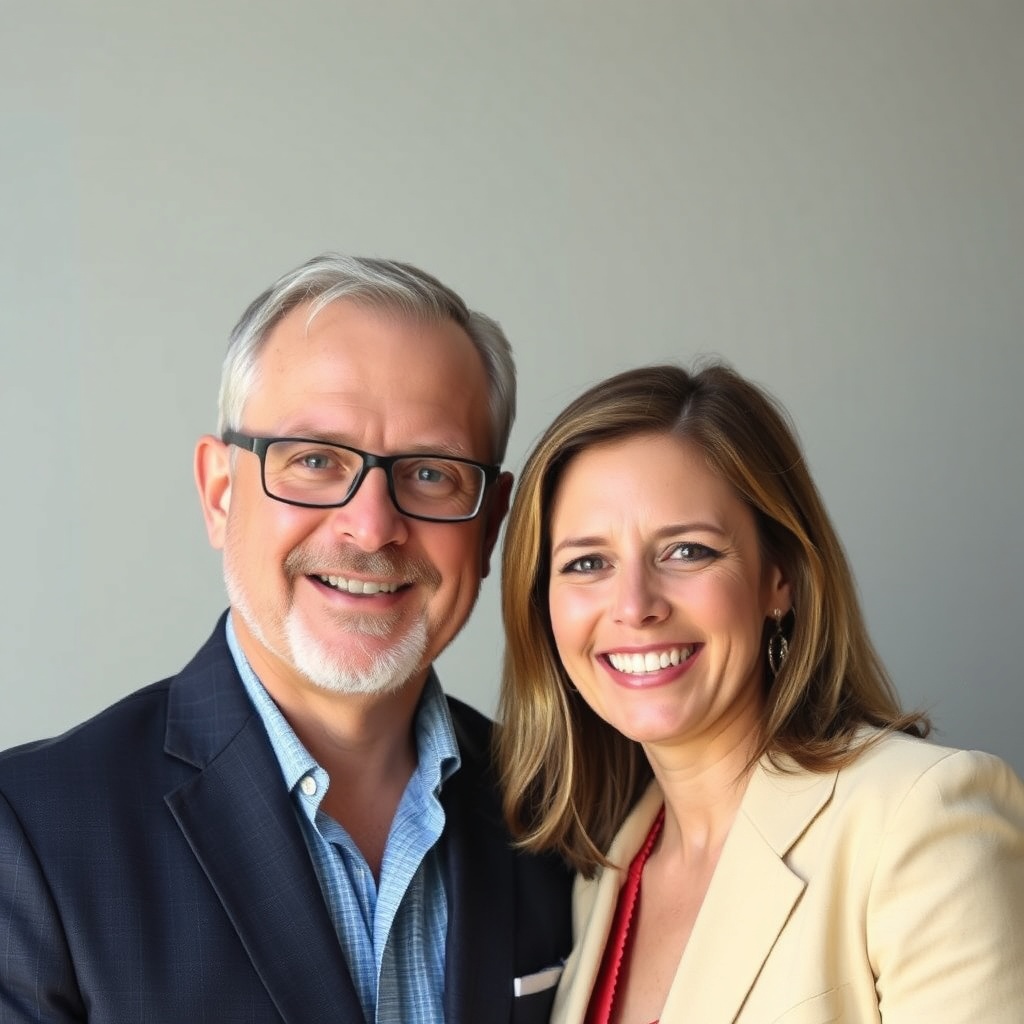Modern PR: How to Protect Reputation and Amplify Stories
Public relations has evolved beyond press releases and media pitches. With audiences scattered across platforms and trust increasingly fragile, PR now blends storytelling, data, and rapid response. The organizations that succeed are those that treat reputation as a strategic asset, align earned media with owned content, and measure outcomes that matter.
Key shifts shaping PR
– Digital-first news cycles: Stories surface and spread faster than ever. Monitoring and rapid response are essential to guide narratives before they spiral.
– Integrated communications: PR must work seamlessly with marketing, customer service, and legal teams to ensure consistent messaging across channels.
– Authenticity and transparency: Audiences reward honesty. Timely, clear communication during setbacks preserves credibility.
– Influencer and creator ecosystems: Influencers amplify reach but require relationship-building and clear agreements to avoid alignment risks.
– Outcome-driven measurement: Vanity metrics matter less than impact on awareness, consideration, and stakeholder behavior.
Practical steps for a resilient PR strategy
1. Build a listening system: Combine social listening, media monitoring, and customer feedback to detect issues and opportunities. Set alert thresholds for brand mentions, sentiment shifts, and emerging topics.
2. Map stakeholders and messages: Know who matters—customers, employees, investors, regulators—and craft tailored messages for each audience.
Maintain a core set of truthful talking points to use across formats.

3. Prepare a crisis playbook: Define roles, approval pathways, and draft templates for likely scenarios (product issues, executive changes, data incidents). Practice tabletop exercises to shorten response time.
4. Prioritize earned + owned integration: Convert media attention into owned assets—blog posts, FAQs, recorded interviews—that extend value and control the narrative long-term.
5.
Vet influencer partnerships: Align on objectives, disclosure requirements, and performance metrics. Prefer creators with demonstrated authenticity and audience alignment over vanity follower counts.
6. Measure what matters: Track shifts in share of voice, sentiment, website traffic from earned placements, lead generation lift, and behavioral indicators like customer support volume or cancellations.
Crisis communication essentials
– Lead with facts and empathy: Acknowledge impact, outline actions taken, and commit to updates. Silence or evasiveness erodes trust faster than admitting a mistake.
– Centralize spokespersons: Limit comments to trained, credible spokespeople to reduce mixed messages.
– Use multiple channels: Simultaneous updates on owned channels, targeted media outreach, and direct messages to stakeholders control where the story is told.
– Follow up with proof: Share outcomes, corrective measures, and timelines to rebuild confidence.
Storytelling that cuts through
Strong PR blends narrative and newsworthiness. Anchor stories in human impact, data, or unique expertise.
Leverage visuals, short-form videos, and case studies to make complex topics accessible. Pitch journalists with timely hooks and clear next steps for follow-up materials or interviews.
Measurement and continuous improvement
Set baseline benchmarks and evaluate campaigns against business outcomes like brand consideration, website conversions, or stakeholder sentiment. Use A/B testing for headlines, distribution timing, and call-to-action placements to refine tactics. Regularly review wins and failures to update messaging and crisis plans.
A strategic, agile PR function protects reputation and creates competitive advantage. By combining listening, preparation, and authentic storytelling, organizations can navigate volatility and turn moments of attention into lasting trust.